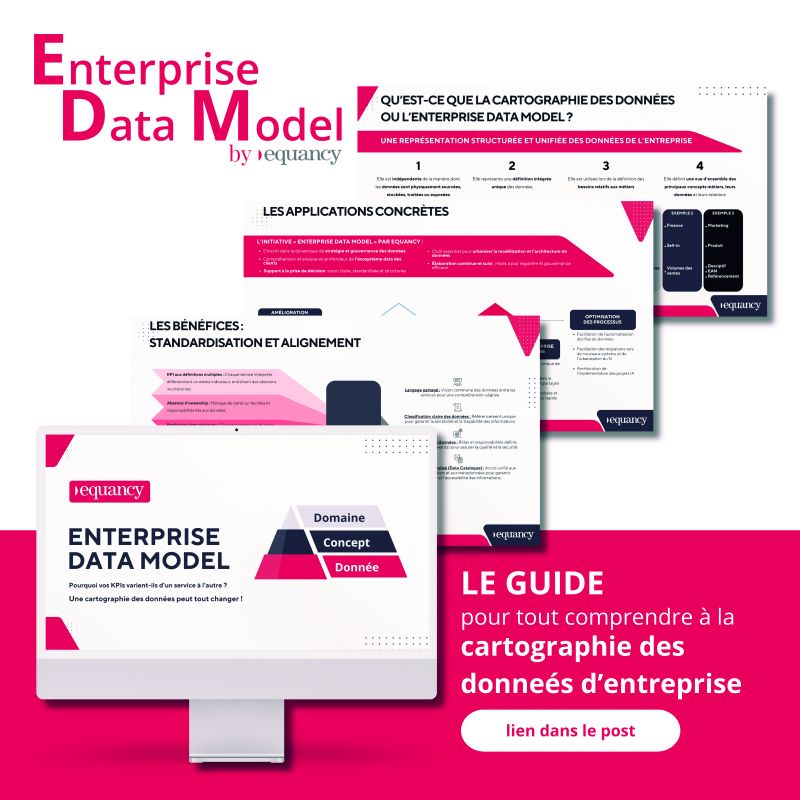Google Analytics vs CNIL / GDPR: what alternatives?
The noose is tightening around Google Analytics, the right time to integrate analytics data into first party strategies.
Following in the footsteps of the Austrian data protection authority, the CNIL has just handed down a judgment declaring the use of Google Analytics to be non-compliant with the European General Data Protection Regulation. This follows numerous complaints from the NGO NOYB in several European countries. If this event is unlikely to weaken the dominant position of Google Analytics (acquired thanks to the excellence and integration of the solution in the digital marketing ecosystem), it has the merit of re-launching the reflections on alternatives.
Turning to some competitors is probably the most natural alternative. However, this only partially solves the problem of compliance with the RGPD (data processing in the European Union), and not the problem of the use of this data.
However, we are entering an era of permission and trust marketing, and of tightening regulatory constraints. An era in which all data collected on the behaviour of prospects and customers (starting with consent and communication preferences) becomes a strategic asset. It's the rush to 1st party data.
Companies must be able to collect this data directly, structure it to make the best use of it in compliance with the law.
In the field of digital analytics, Direct to Lake solutions already exist. They collect browsing data while preserving anonymity. These solutions may allow companies to avoid having to ask for consent.
For the most mature companies, it is possible (and easier) to use this data in data science and to activate it (personalisation, retargeting). For analytical reporting needs, it is possible to use emerging open source solutions and to parameterise and exploit a business intelligence solution. This also makes it possible to cross-reference this data with other sources, for example for omnichannel path analyses.
Currently, two trends are emerging for advertisers: on the one hand, walled gardens to which companies entrust the collection of all their data (media, marketing and sometimes even customer data), in exchange for a ready-to-use technical and analytical platform; on the other hand, the construction of internal data platforms: regulations, practices and technology are now converging to develop this trend.
And you, have you chosen your camp? Google Analytics, Walled Garden or Internal Data Platform?
Bertrand de La Selle
Digital Acceleration Associate




